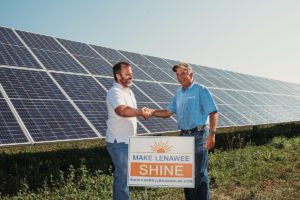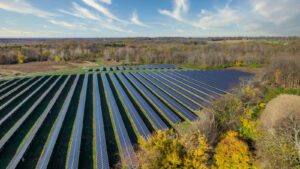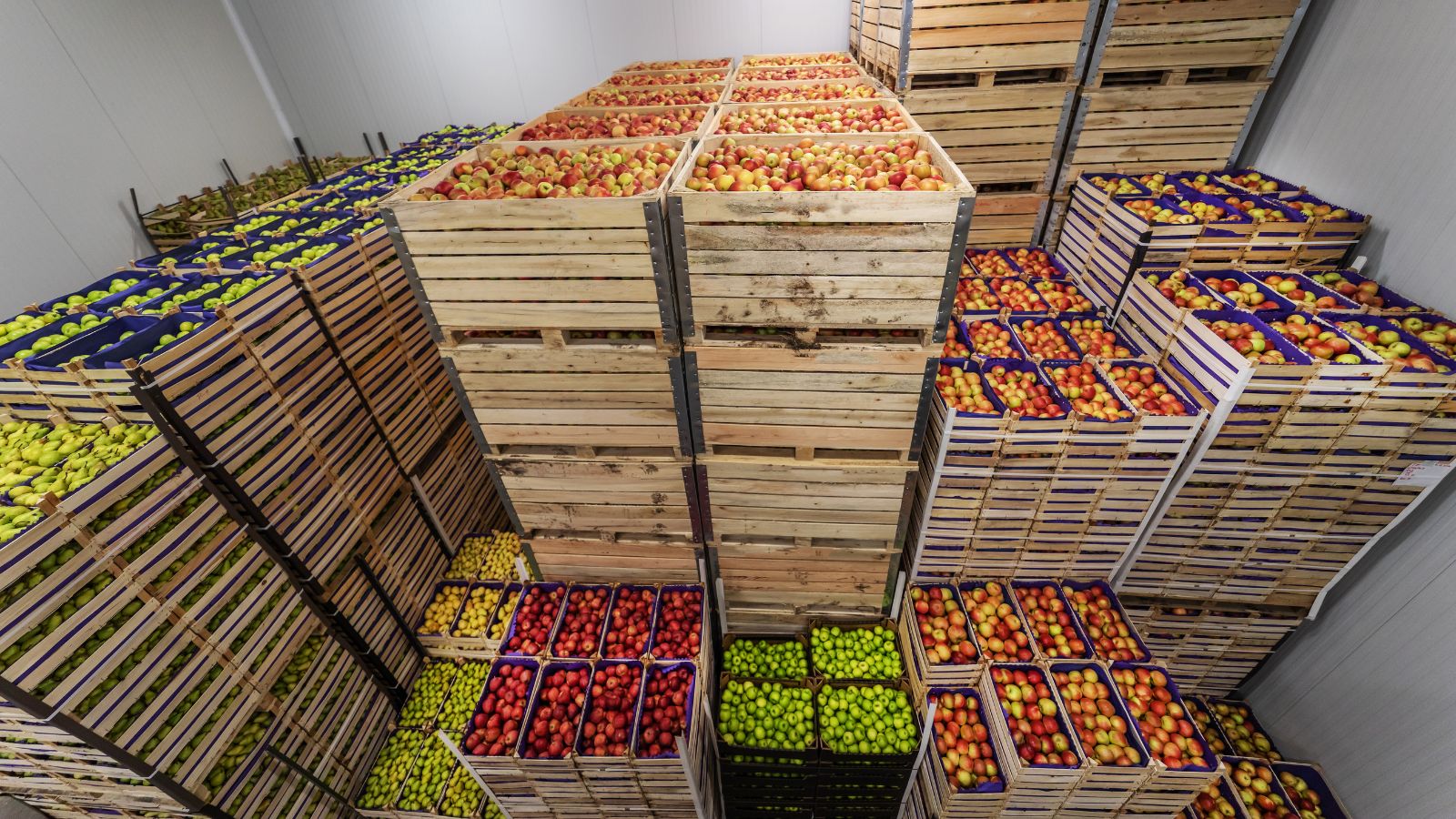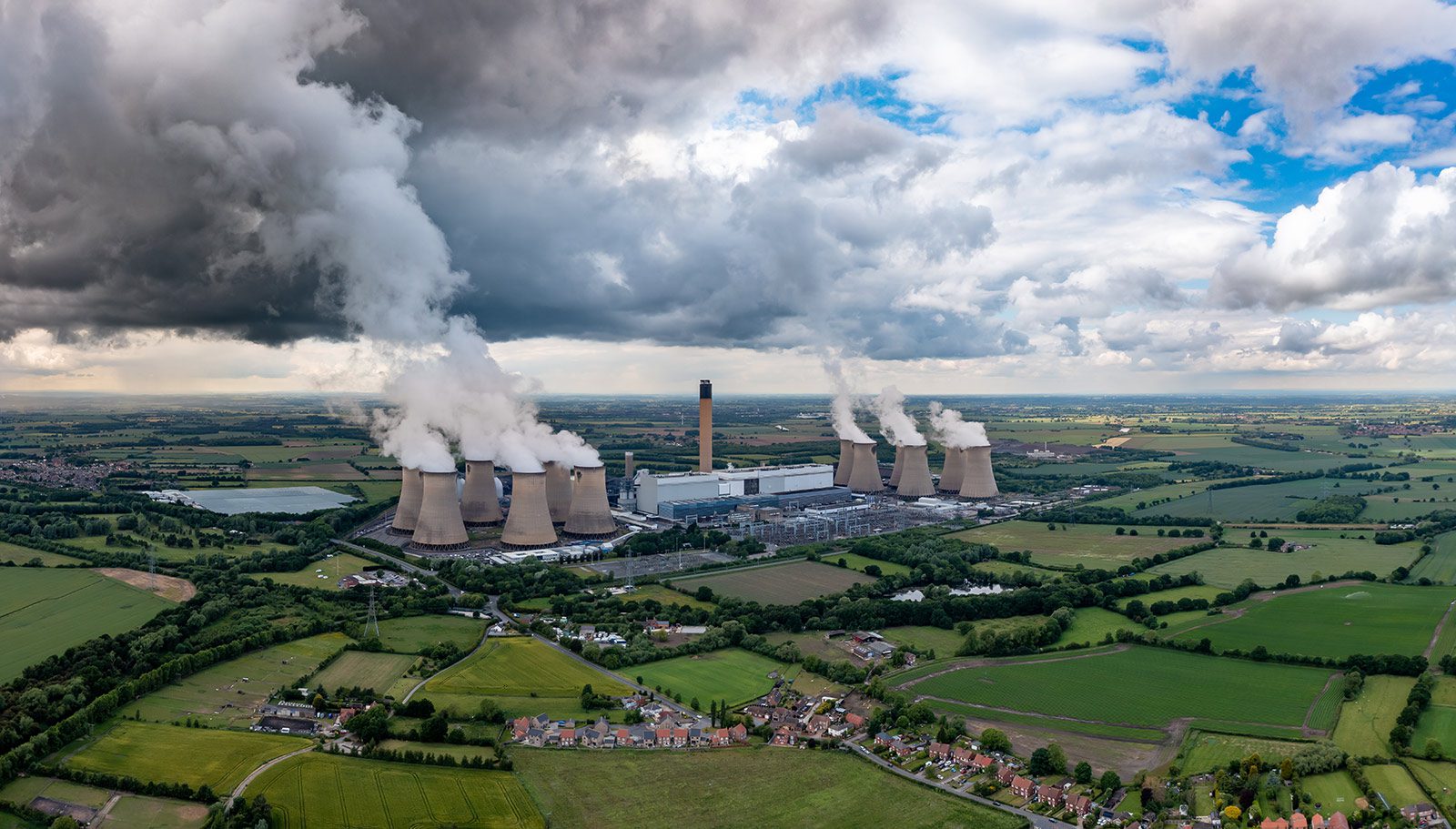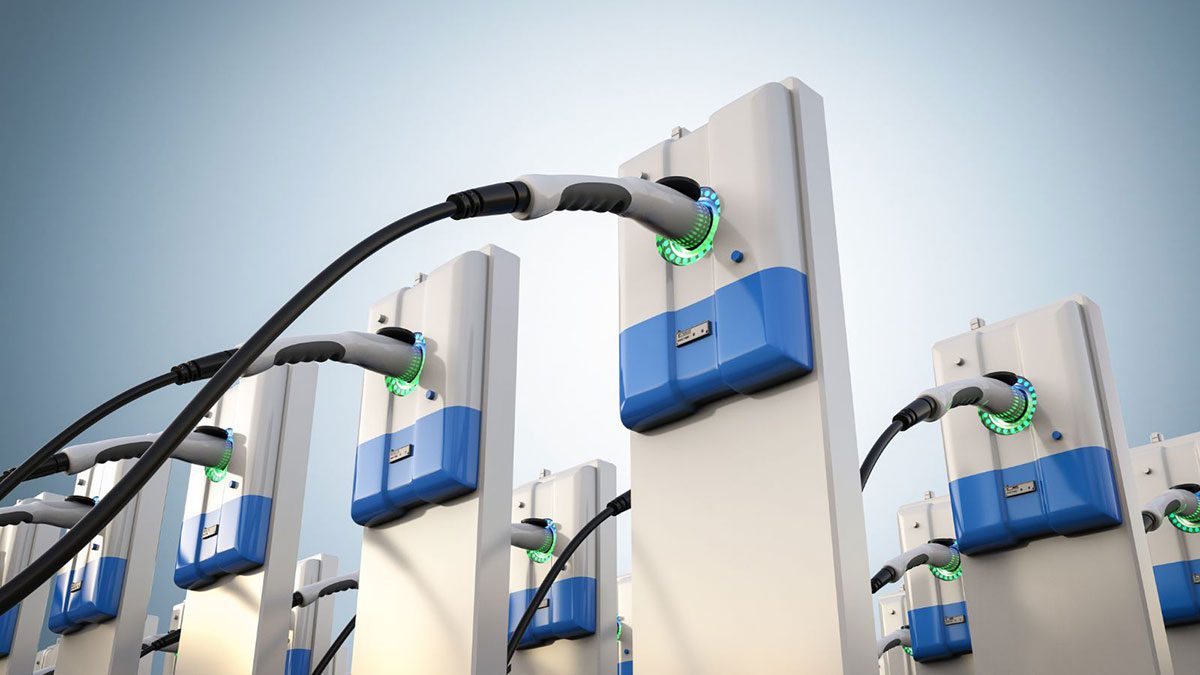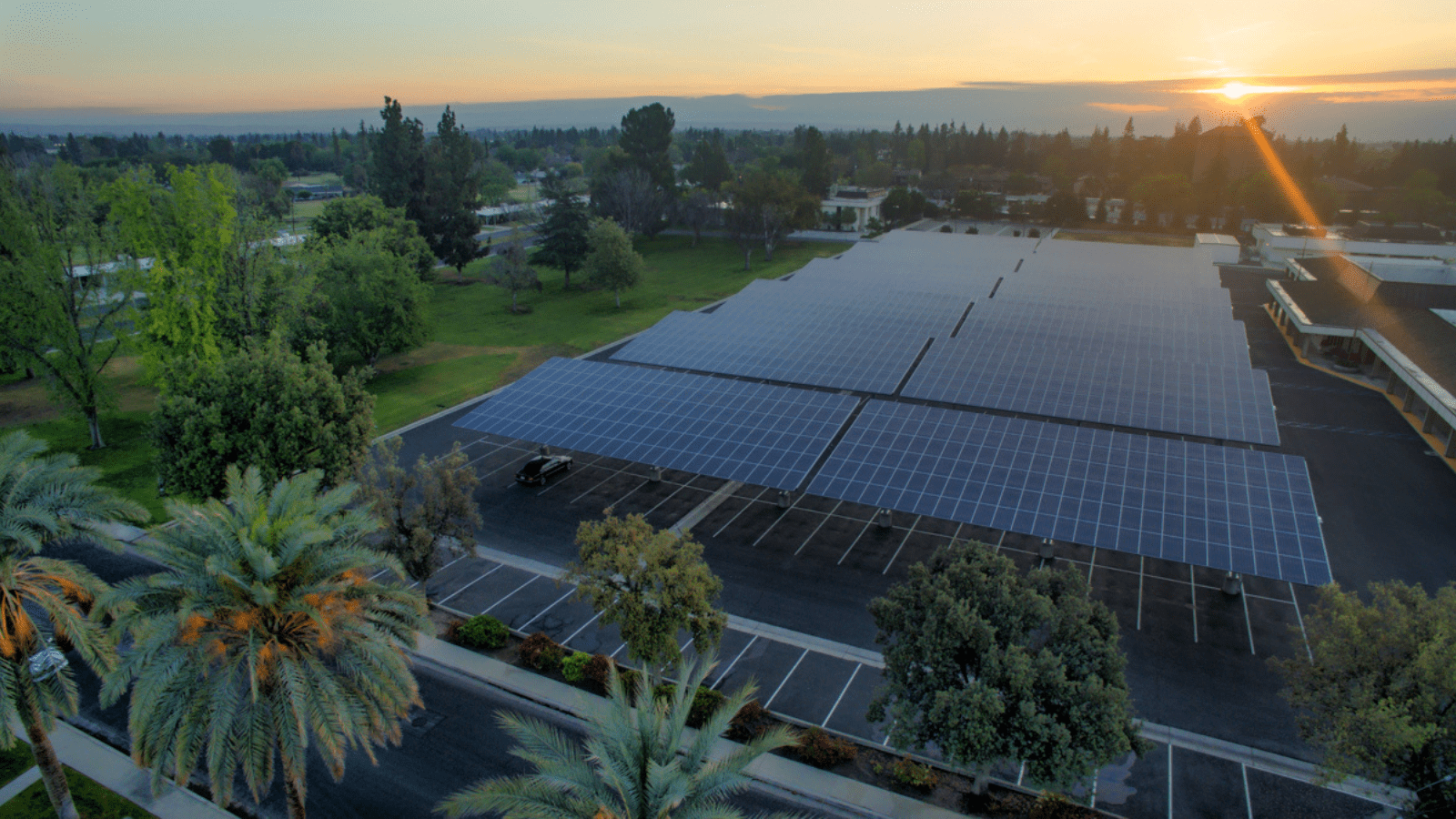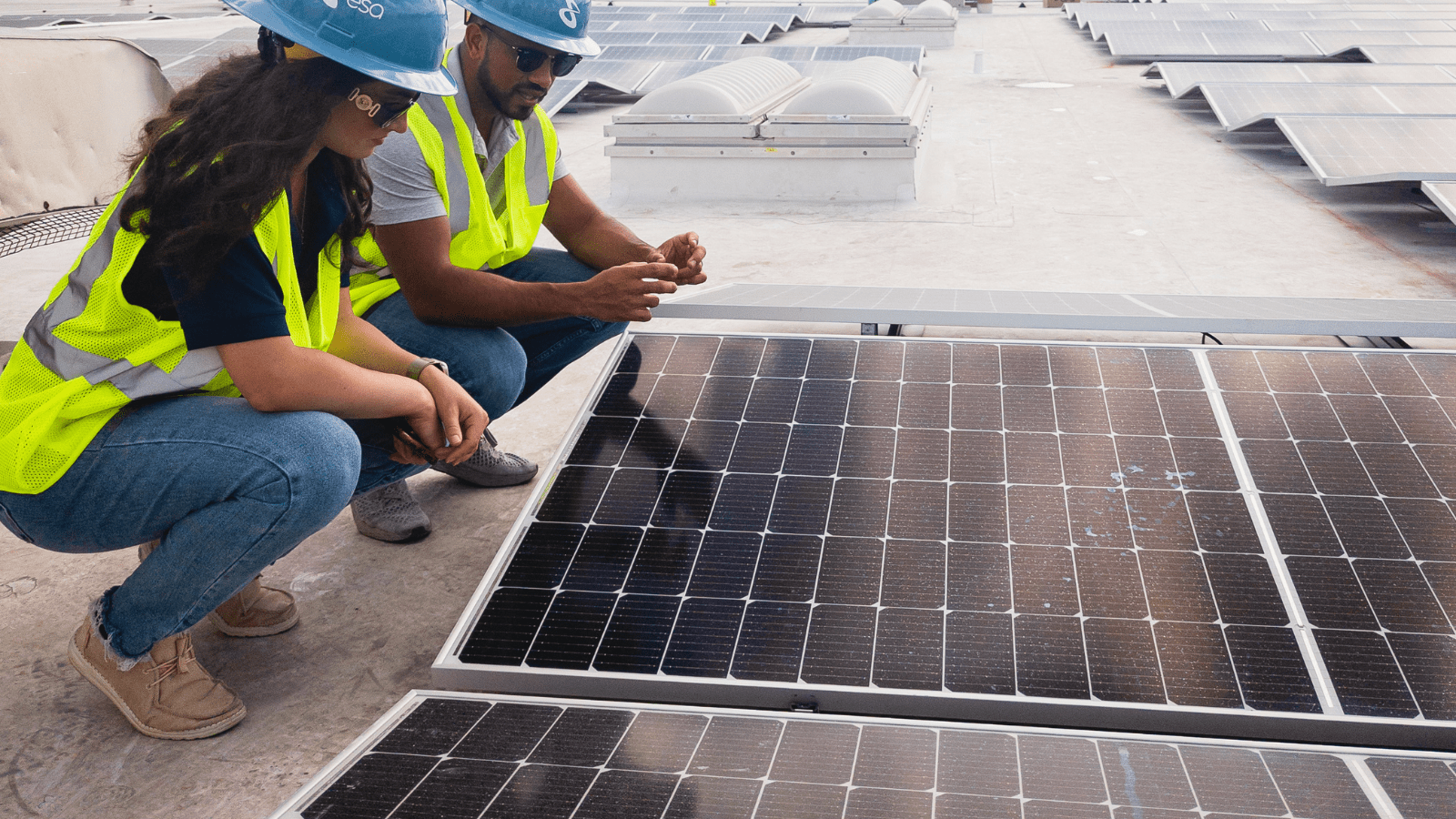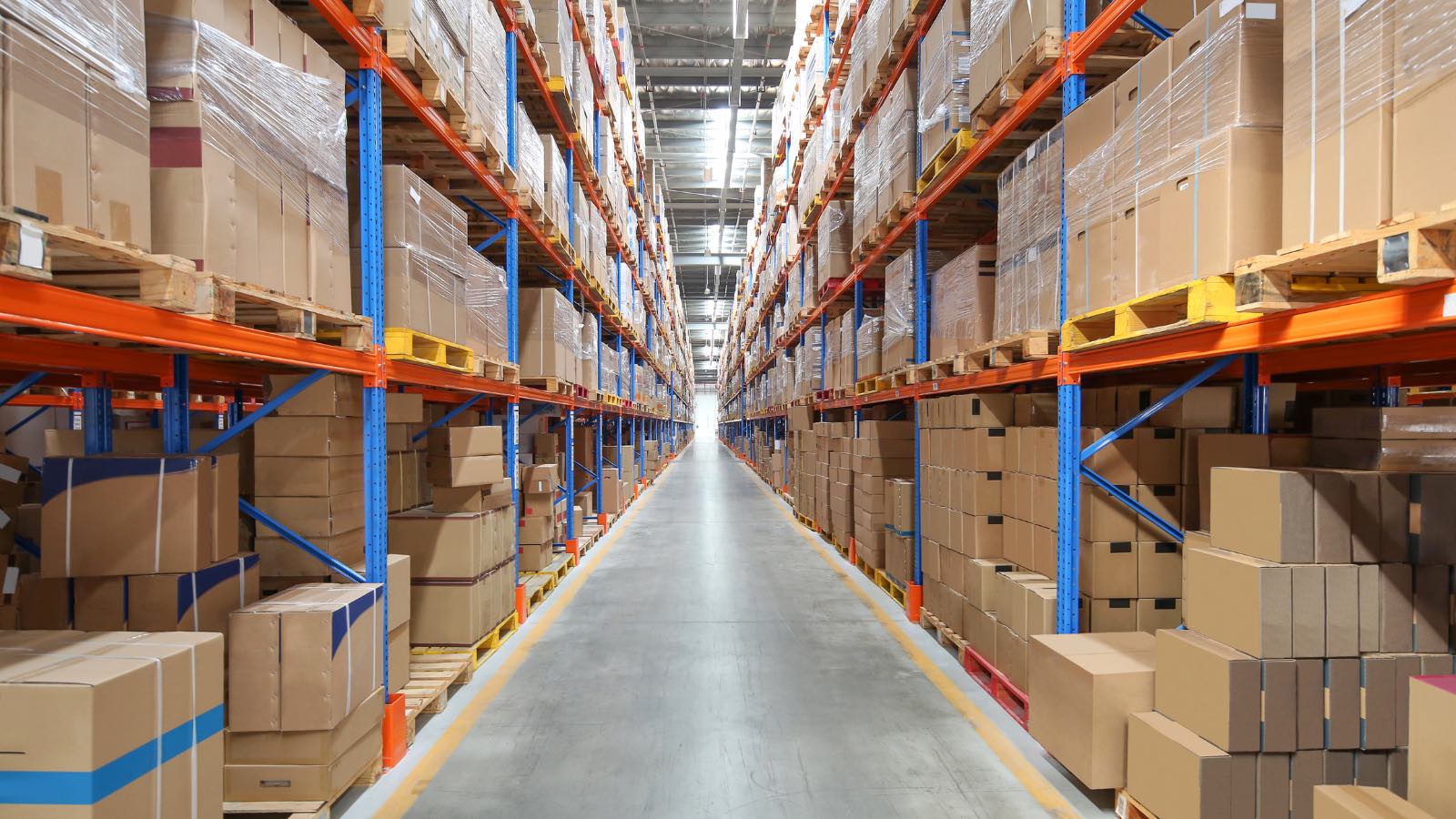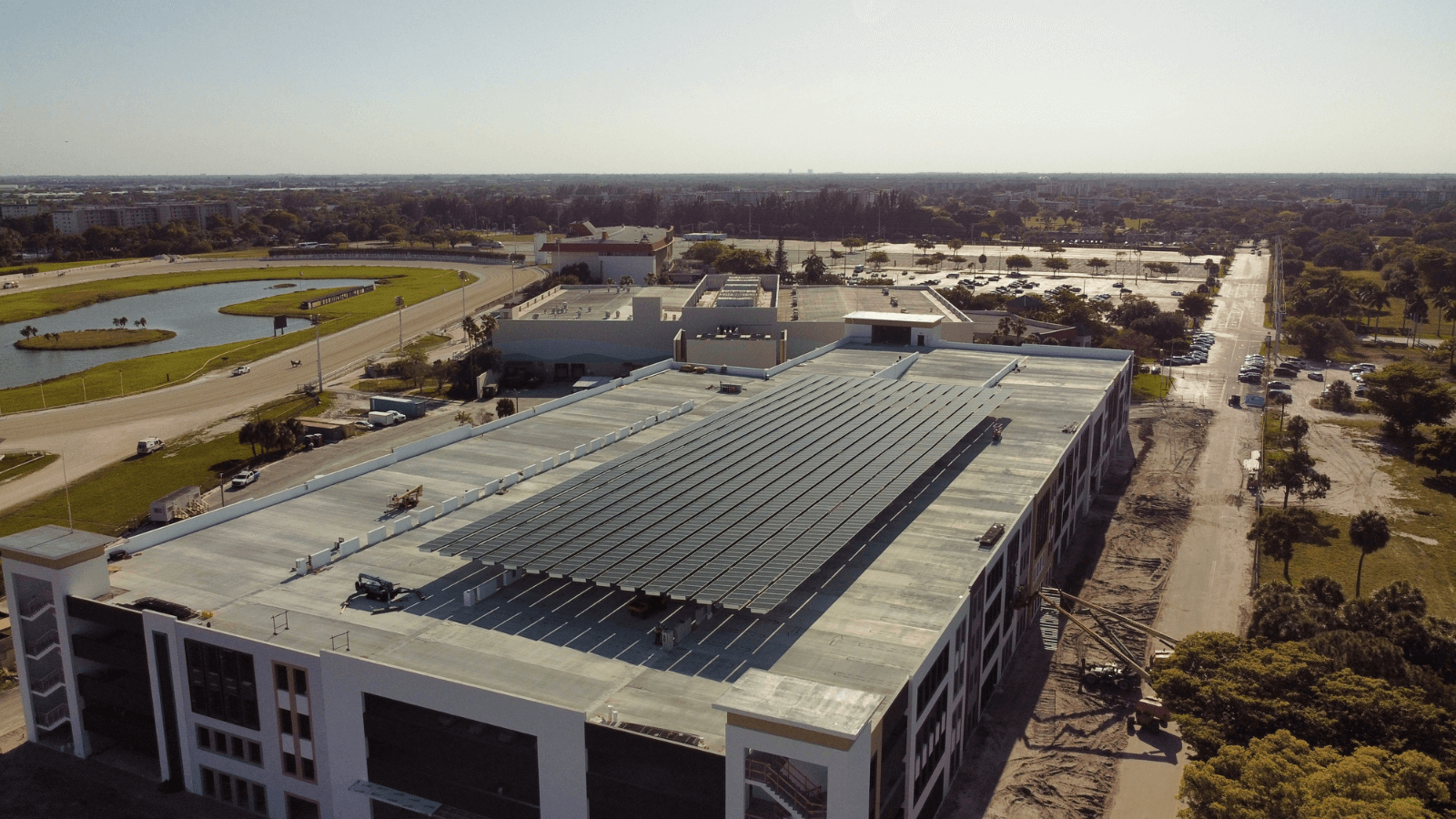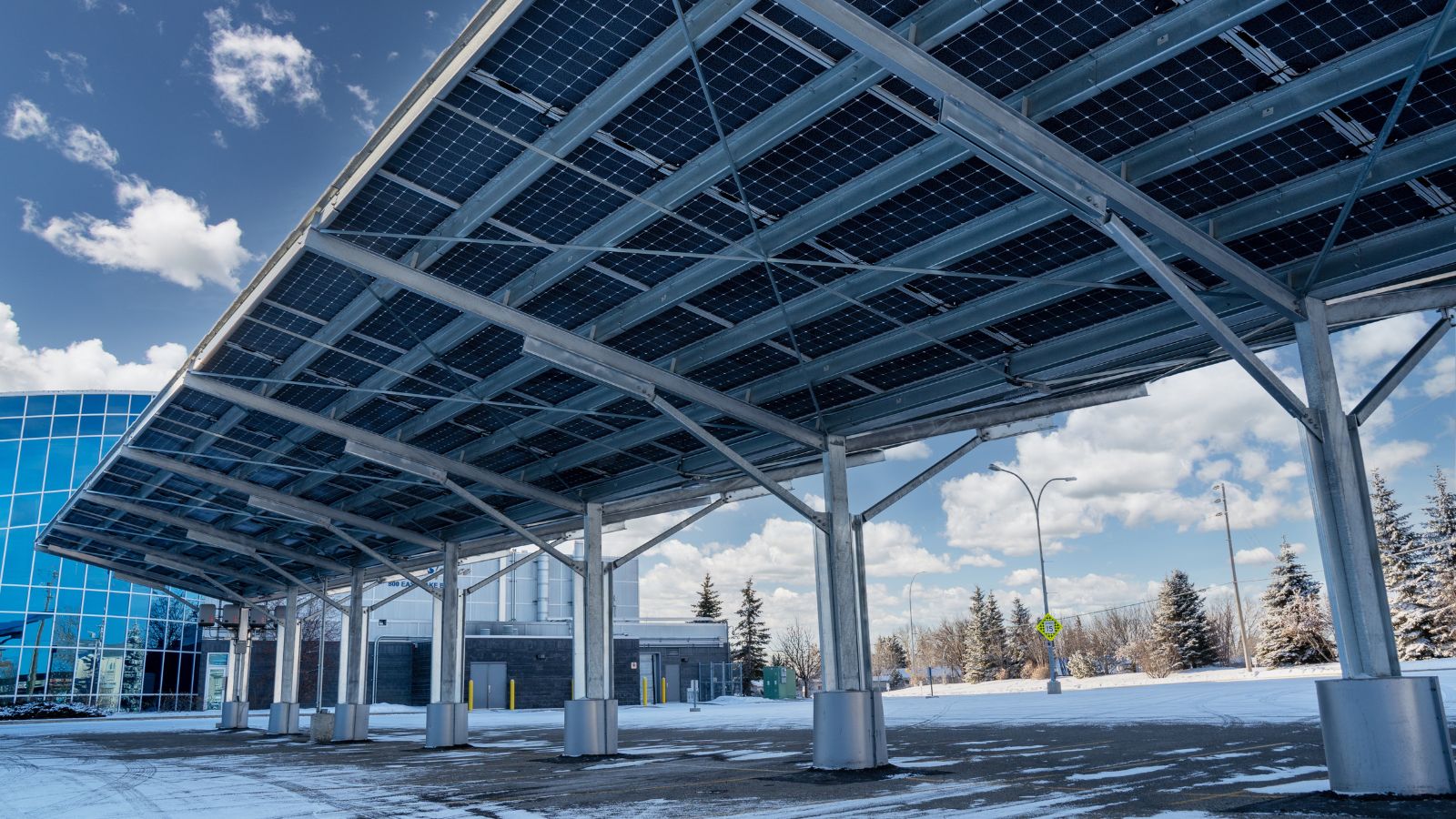Cold Storage Industry Faces Rising Energy Costs
Energy prices are increasing.
The cost of electricity and natural gas, the two main sources of energy for cold storage facilities, has been rising steadily in recent years. This is due to a number of factors, including increased demand and supply chain disruptions.
“So far this year, electricity costs at our cold storage warehouses are significantly higher than during the same period last year.
Some experts say that the spike in electricity from 2022 to 2023 will subside, but the electricity demand will continue to increase with the push for more clean energy and EVs. We will always focus on energy, specifically the electricity cost.”
- RLS Logistics
Cold storage facilities are energy-intensive.
To maintain the necessary temperatures, cold storage facilities must run their refrigeration equipment 24/7. This can use a significant amount of energy, especially for older facilities that are not as efficient.
The cold storage industry is growing.
Meeting the demand for cold storage is a tough challenge, especially with all of the rising costs. The global cold storage market is expected to grow from $265 billion in 2022 to about $330 billion between 2022 and 2030.
This growth is being driven by a number of factors, including the increasing demand for frozen food, the growth of e-commerce, and the need to store vaccines and other pharmaceuticals.
Impact on Cold Storage Operations
Increased costs for businesses
Cold storage businesses are having to pass on the increased cost of utilities to their customers. This can make it more expensive for consumers to purchase frozen food and other products that require cold storage.
Reduced profits
The rising cost of utilities is squeezing the profits of cold storage businesses. This can make it difficult for businesses to invest in new technologies and expand their operations.
Competitive challenges
Cold storage businesses that are unable to control their energy costs may be at a competitive disadvantage to businesses that are able to do so. This is especially true in markets where there is a lot of competition for cold storage space.


Challenges in the Cold Storage Industry
Rising Inflation
Cold storage operators are facing rising costs for energy, labor, and transportation. These rising costs are forcing cold storage businesses to raise prices for their customers. This can make it difficult for them to compete with other food supply chain participants, such as grocery stores and restaurants.
Lineage Logistics, the largest cold storage operator in the United States, has announced plans to raise prices for its customers by 5% in 2023. This is a significant increase, and it reflects the challenges cold storage operators are facing.
The rising cost of energy is one of the biggest challenges for cold storage operators. The facilities require a lot of energy to operate, and even a small increase in energy costs can have a significant impact on their bottom line.
The cost of labor is another major expense for cold storage businesses. As inflation drives up wages, cold storage businesses will have to pay more to attract and retain workers.
In addition to rising energy and labor costs, cold storage businesses are also facing rising transportation costs. These businesses rely on transportation to move food products to and from their facilities. As the cost of transportation increases, so will the costs of doing business for cold storage businesses.
It’s unknown how the rising costs will impact the cold storage industry in the long term. However, it is clear that cold storage operators are facing significant challenges in the short term.
Labor Shortages
The cold storage industry is growing rapidly, driven by the rise of e-commerce and the increasing demand for cold-stored food products. However, the industry is struggling to retain workers.
There are a few reasons for the labor shortage in the cold storage industry.
- The work is demanding - Cold storage jobs often require long hours and physical labor. Also, facilities can be cold and uncomfortable to work in.
- The wages are low - The median wage for cold storage workers is lower than the median wage for all workers.
- There are limited opportunities for advancement.
Americold Realty Trust, the second-largest cold storage owner in North America, has increased wages and benefits for its workers in an effort to bring more workers in. A number of huge companies are following in their footsteps and doing the same for their workers.
Cost of Materials
Cold storage facilities require a variety of materials to operate, including insulation, refrigeration equipment, and warehouse racking. The cost of these materials has increased significantly in recent years due to a number of factors, including rising inflation and supply chain disruptions.
This issue is putting pressure on cold storage margins and making it more difficult for operators to operate profitably. To combat this, cold storage operators are taking a number of steps, such as sourcing materials from alternative suppliers, negotiating lower prices with existing suppliers, investing in more efficient equipment, and passing on some of the cost increases to customers.
Economic Uncertainty
In a market with rapidly changing prices, it's difficult for cold storage facility owners to predict future expenses, estimate customer demand, and effectively manage their finances. The uncertainty caused by inflation can make long-term planning and financial stability a significant challenge.
The rising cost of doing business is having a negative impact on the cold storage industry. Some cold storage facilities are being forced to raise prices to offset the rising costs. Other cold storage facilities are being forced to cut costs, which can lead to a decrease in the quality of service.
Energy Efficiency In The Cold Storage Industry
Cold storage facilities consume a significant amount of energy, with refrigeration alone accounting for up to 80% of total energy consumption. Other components, such as lighting, pumps, motors, conveyors, and fans, also consume energy, contributing to the high overall energy costs of operating these facilities. Depending on the size of the facility, it may use several million kWhs per year.
However, cold storage facilities are becoming more energy efficient, thanks to advances in technology. This transformation includes reducing energy consumption, integrating renewable energy sources, and smart control systems. These efforts are both economically and environmentally beneficial, as they reduce the industry's carbon footprint and align with global sustainability goals.
The Key to Strategic Energy Efficiency
Utilizing demand management technology is a valuable tool for cold storage facility owners. It allows them to gain a deep understanding of their facility's operational patterns, particularly regarding energy usage. This insight enables strategic monitoring, helping owners make informed decisions on optimizing energy efficiency.
It's highly recommended to collaborate closely with the frontline facility staff and the engineering team. Their expertise in the facility's workings and the nuances of refrigeration equipment can provide valuable insights and contribute to more effective energy management strategies.
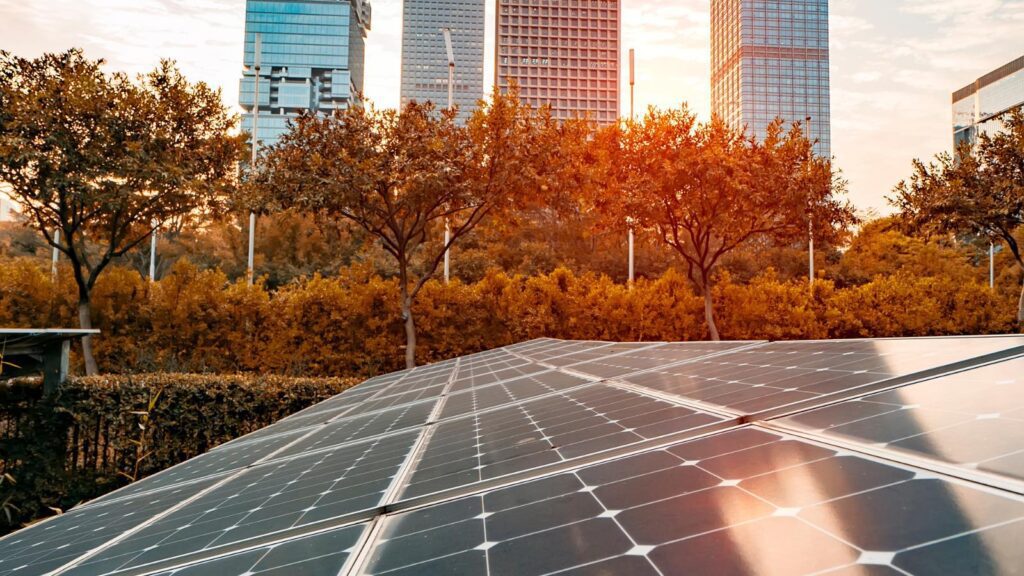

Solar Solutions to Cutting Costs and Competing with Rising Utility Costs
Cold Storage facilities have relied on fossil fuels to power their operations, which has a significant environmental impact. However, solar-powered cold storage facilities can generate their own clean electricity from the sun, reducing their greenhouse gas emissions and contributing to cold storage industry's ESG goals.
The global solar-powered refrigeration market is projected to reach $990 million by 2025, demonstrating the industry's recognition of its benefits.
Power Purchase Agreements
Solar PPAs can help cold storage facilities reduce their electricity costs and improve their sustainability. Under a solar PPA, a solar developer installs and maintains solar panels on a cold storage facility's roof.
The cold storage facility then purchases the electricity generated by the solar panels at a discounted rate. This can lead to significant savings on electricity bills, especially in the long term.
PPAs are a cost-effective way for businesses to save money on their electricity bills without having to invest any upfront capital.


How Will Solar Help You Compete With Rising Utility Costs
Financial Benefits
The Inflation Reduction Act (IRA) is a major opportunity for cold storage facilities to reduce operational costs, decrease grid reliance, and support renewable energy. The IRA provides $369 billion in federal incentives, including tax credits that cover up to 70% of the cost of a solar system, and additional grants.
Cold storage facilities that install solar often experience a significant 35% reduction in energy costs, with an average payback period of 5 years. This makes solar power a cost-effective and sustainable investment.
Energy Savings
When combined with battery storage, solar can save money on energy bills and improve resilience during power outages. Solar also provides reliable energy, which allows cold storage facilities to offset their peak demand charges, saving them even more money.
Environmentally Friendly
Solar-powered refrigeration reduces the cold storage facility's carbon emissions and carbon footprint, making it a sustainable choice for the industry.
Case Study
A Chevrolet dealership in Clearwater, Florida partnered with ESA to meet its current and future energy needs, including the charging of upcoming new electric vehicles.
By installing 729.96 kW of solar panels, the dealership reduced its total electric bill by 84%, saving over $3 million over the next 25 years.
The project will generate a 16% internal rate of return, paying for itself in just under 6 years.
- https://www.wolterskluwer.com/en/expert-insights/the-effects-of-inflation-on
- https://gopaschal.com/hvac-pricing-2023/
- https://www.joc.com/article/us-cold-storage-supply-struggling-costs-aging
- https://www.acumenresearchandconsulting.com/cold-storage-market#:~:text
- https://rlslogistics.com/cold-chain-solutions-newsletter-april2023/
- https://rlslogistics.com/cold-chain-solutions-newsletter-april2023/
- https://axiomcloud.ai/blog/rising-energy-cost-refrigeration-management#:~:text=
- https://energy5.com/us-electricity-prices-factors-trends-and-projections#:~:text=
- https://www.seia.org/research-resources/solar-power-purchase-agreements



